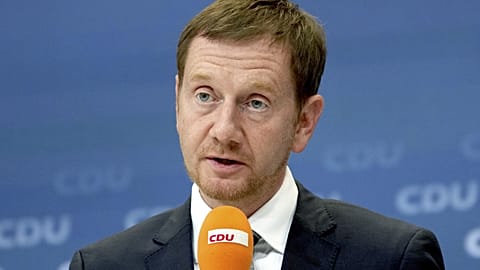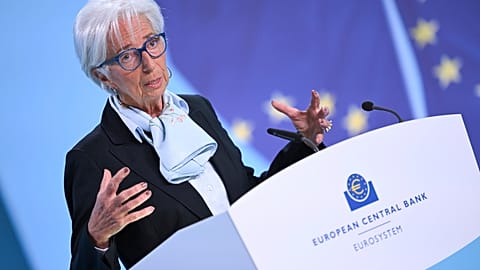After 14 months of decline, the rate of inflation in Hungary rose again.
Prices in Hungary picked up slightly in April, after declining for more than a year; the annual inflation was 3.7% from an over 3-year low of 3.6% in the previous month, according to the Hungarian Central Statistical Office.
Compared to March, prices increased by 0.7%, easing from a 0.8% rise previously.
In a yearly comparison, services became 9.5% more expensive, within which rents were up by 14%. Motor fuel prices cost 6.6% more than a year ago, and 3.5% more than in the previous month.
On the other hand, household electricity, gas and other fuels became 4.5% cheaper. Alcoholic beverages and tobacco prices rose by 3.8%, pharmaceutical products became 7.3% more expensive.
Food inflation, which was one of the core drivers of the double-digit price increase in Hungary for the previous year, has recently lowered considerably, landing at 1% in April. Within this category, sugar prices rocketed by more than 30%, and chocolate and cocoa by 9.2%, but egg prices decreased by 20.3%, among others.
Annual core inflation, excluding volatile items such as food and energy prices, was 4.1% in April 2024 down from 4.4% in the previous month.
This figure is a key driver in the decision-making of the Hungarian National Bank (MNB), which has gradually started lowering the benchmark rate since October 2023.
According to MNB's latest forecast, the current decline in core inflation will stop in the second quarter of 2024 and it is expected to fluctuate between 4.5% and 5% for the rest of the year.
The MNB's medium-term inflation target is at 3%, beyond that, there is an additional 1% tolerance band.
Therefore, the gradual easing of Hungarian monetary conditions has continued in April, when the MNB cut its interest rate by 50 basis points to 7.75%. By the end of June, the market expects to see this rate at around 6.5-7%, however, analysis from ING warned that the pace of cuts could slow down.
Meanwhile, the Hungarian government is expecting 2.5% GDP growth for this year, before economic growth accelerates to 4% in 2025.


















